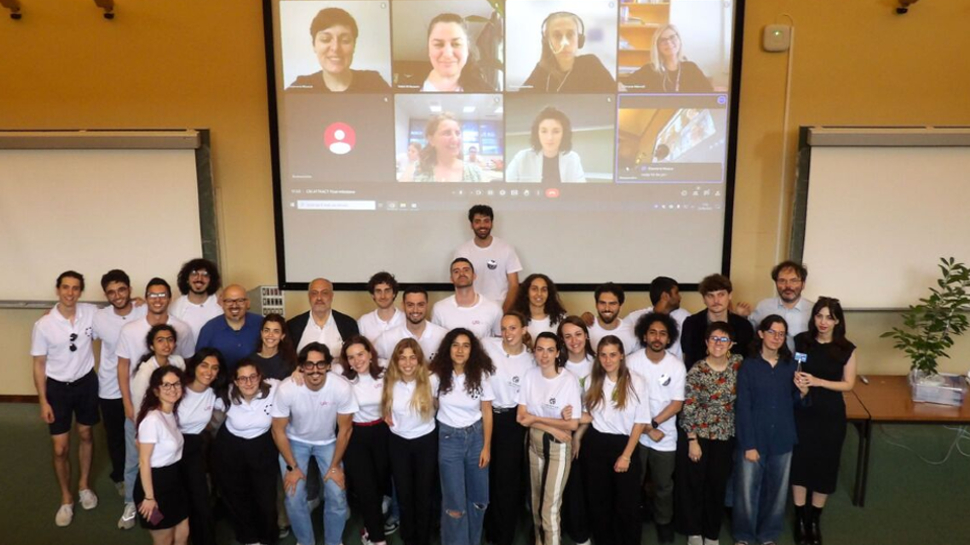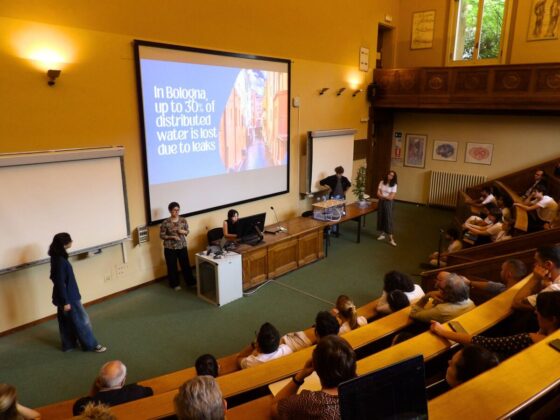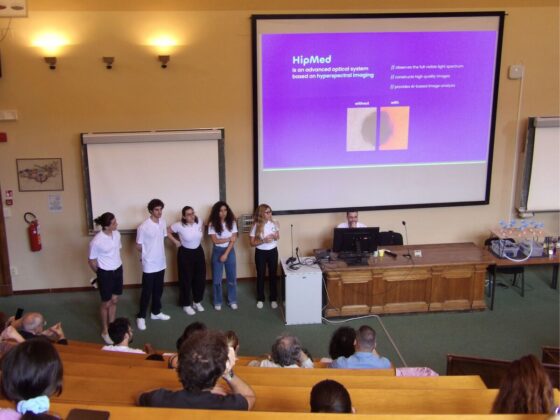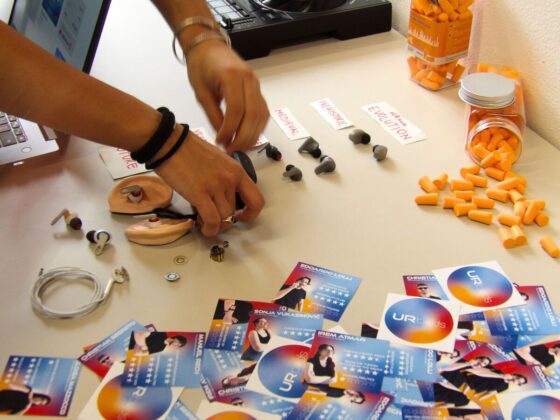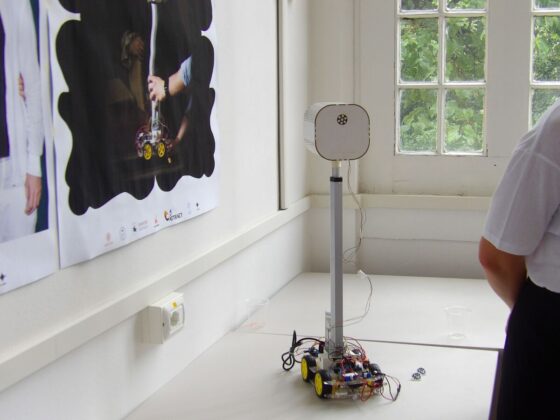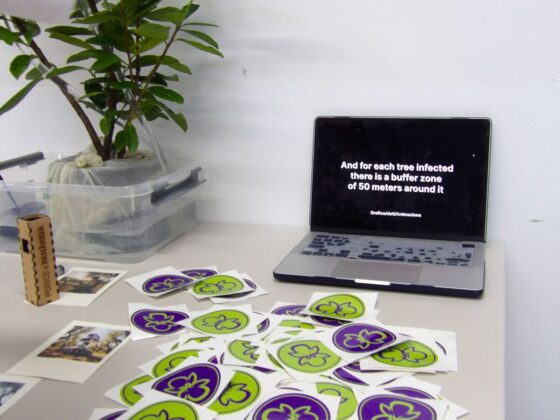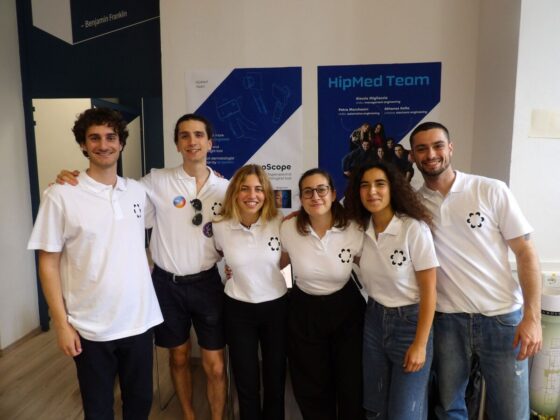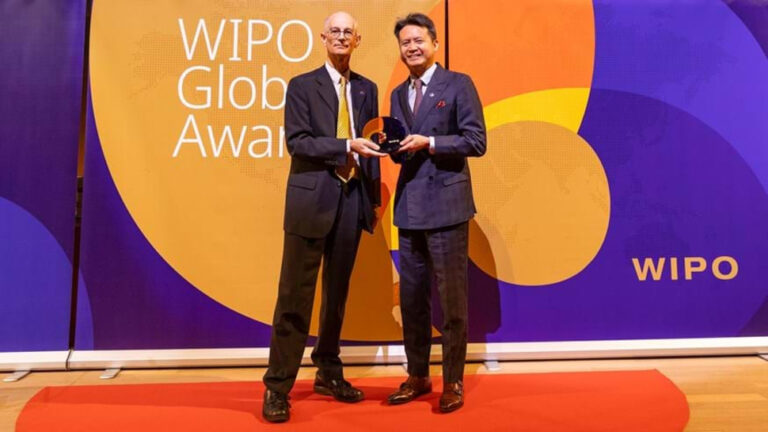The Challenge Based Innovation ATTRACT (CBI.ATTRACT), a program under ATTRACT Academy, had its Final Gala on June 25th at Almacube in Bologna, where the 30 students from this final round had the opportunity to showcase the prototypes they worked on in response to relevant societal needs using some of the ATTRACT technologies such as AHEAD, Glass2Mass, POSICS-2, HipMed and h-cube.
This 16-week program employs a hybrid methodology that integrates Design Thinking with Tech-Driven Innovation processes to empower student teams to navigate through the phases of discovery, design, and development. It is coordinated by the University of Bologna, in collaboration with Almacube, the University of Ferrara, and the University of Modena and Reggio Emilia.
These are the five teams that participated during the last round of the program:
- Team AHEAD: leaks in water distribution systems are a huge problem in Italy: for every 100 litres fed into the network, more than 40 litres are lost. At the same time, inadequate monitoring puts the potability of the water and the health of citizens at risk. “SPIpe” is a 3D printed ‘smart pipe’ equipped with sensors that monitor water parameters in real-time, detecting leaks and continuously monitoring water quality, sharing data via a wireless communication module. One of the main benefits of this solution is the reduction of manual water sampling, allowing for increased sampling frequency and overall system efficiency. This ensures timely maintenance, reduces water waste, and guarantees safe, clean water.
- Team Glass2Mass: in the panorama of hearing solutions, “UrBuds” stands out as a revolutionary innovation, combining the functionality and design of next generation earmolds with the concept of hearing aid customisation. It uses the Glass2Mass technology as the material for the vibrating diaphragm and thanks to the exceptional properties of pure silicon glass and the innovative processes used in its shaping, meets the specific needs of each customer customising the diaphragm simply and sustainably. Its mission is to improve the connection between people with minor hearing problems and the world around them, while also offering music fans and professionals a customized, high-quality experience.
- Team HipMed: “HYPSCOPE” is an innovative solution for skin cancer diagnosis that combines advanced optics, artificial intelligence (AI), and biotechnology. Using a hyperspectral imager, it diagnoses melanoma and other skin cancers with exceptional precision and speed. The device captures the full spectrum of colours reflected by moles and employs AI to analyze the images rapidly. This approach could significantly reduce diagnosis time, alleviating the stress and costs associated with traditional methods.
- Team h-cube: every painting contains a set of stories, some of which are invisible to the naked eye. With “HCB” is possible to analyse different types of artworks using h-cube technology, which features an innovative camera equipped with numerous small sensors sensitive to terahertz (THz) radiation. Through detailed analysis and a post-production process, the team can reconstruct a hyperspectral image that reveals the deepest layers of the artwork. HCB offers museums and private collectors a service that provides a detailed analysis of their pieces, aiming to uncover hidden layers, reconstruct the history of a masterpiece, and verify its authenticity.
- Team POSICS-2: Italian farmers are dealing with a silent and invisible enemy known as Xylella, a pathogen that affects olive trees among other species. This disease, transmitted by insects, infiltrates the plant’s capillary vessels, blocking nutrient flow and causing dehydration. The initial visible symptom is leaf browning, signalling imminent plant desiccation. European regulations stipulate that if Xylella is suspected, all plants within a 50-metre radius must be quarantined and subsequently eradicated. Current individual tree tests are labour-intensive and inconvenient. “Panakeia” aims to change this scenario by accurately identifying affected trees within affected areas, thus averting unnecessary eradication efforts. This service enables agricultural consortia to efficiently monitor the health of plantations, thus preventing the spread of diseases.
Discover more about the CBI.ATTRACT program here.
